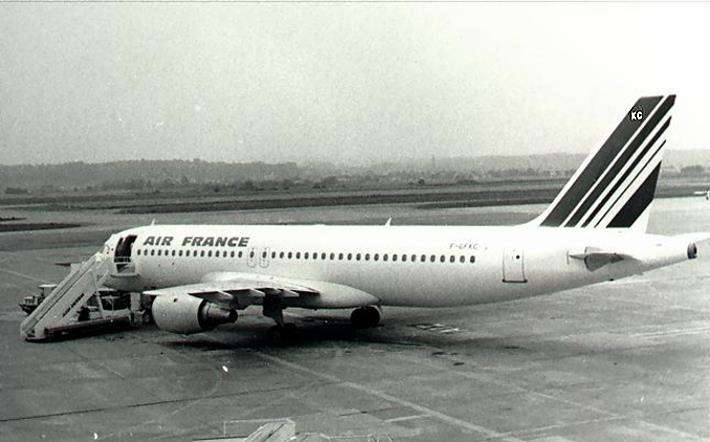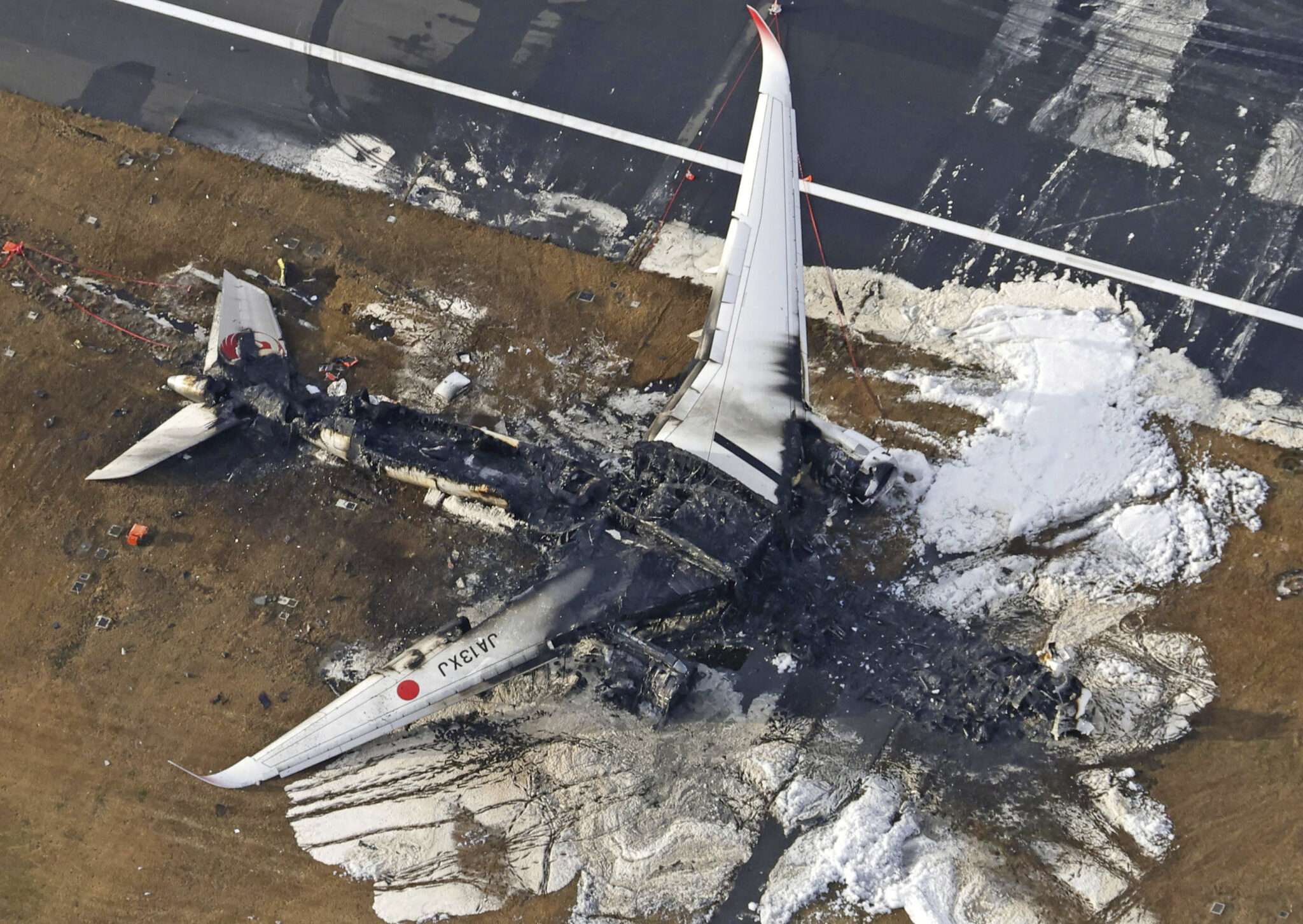Air France Flight 296Q, a seemingly routine demonstration flight, etched a dark mark in aviation history on June 26, 1988.
This Airbus A320, barely six months old, crashed during a low pass at the Habsheim Air Show in France.
This incident claimed the lives of three passengers and forever changing safety protocols for airshow movements.
A New Aircraft Takes Flight
The Mulhouse Flying Club, eager to highlight technology, requested Air France to participate in their 1988 airshow.
Air France, in turn, chose their brand new Airbus A320-111, registration F-GFKC, for the demonstration.
Piloted by Captain Michel Asseline, a highly experienced pilot and head of the A320 training department, and piloted by another senior captain, the flight was planned to be a display of the A320’s capabilities.
A Flawed Plan
Tragedy, however, was woven into the very fabric of the plan.
Regulations required a minimum flying height of 170 feet (52 meters).
Yet, the planned demonstration involved a low pass at a mere 100 feet (30 meters) with the landing gear down, followed by another fast pass in a clean configuration.
This decision to fly dangerously low, especially during the initial pass, disregarded safety protocols and set the stage for disaster.
A Fatal Miscalculation
On the fateful day, the aircraft took off from nearby Basel-Mulhouse Airport and climbed to 1,000 feet before initiating its descent for the Habsheim flyover.
Witnesses reported the aircraft flying exceptionally low, and recordings captured the growing unease in the cockpit as the pilots struggled to maintain altitude.

Despite warnings from the co-pilot about exceeding the planned 100-foot limit, Captain Asseline continued the descent.
The A320 dipped further, descending to a mere 30-35 feet above the ground.
With such a low altitude and insufficient airspeed, the aircraft lacked the necessary lift to maintain level flight.
A desperate attempt at a go-around was initiated, but it was too late.
The aircraft clipped trees at the end of the runway before crashing into a nearby forest and erupting in flames.
Aftermath and Legacy
The crash sent shockwaves through the aviation community.
This was not only the first fatal accident involving the Airbus A320, but it also highlighted the dangers inherent in airshow maneuvers that prioritized spectacle over safety.
Investigations revealed a combination of factors contributing to the crash:
The dangerously low flight path, the slow airspeed, and a delayed go-around attempt.
Captain Asseline, along with the first officer and three Air France executives, were found guilty of involuntary manslaughter.

Asseline, who maintained his innocence and claimed a malfunction in the fly-by-wire system, served ten months in prison and ten months probation.
The Habsheim crash served as a stark reminder of the importance of adhering to safety regulations during airshow demonstrations.
Following the tragedy, stricter guidelines were implemented worldwide, emphasizing safe flying practices over thrilling maneuvers.
Airshows now require meticulous planning, adherence to minimum altitudes, and a focus on showcasing aircraft capabilities within safe parameters.
The memory of Air France Flight 296Q endures as a cautionary tale.
It is a testament to the importance of prioritizing safety in all aspects of aviation, even during seemingly innocuous events like airshows.

Click the banner to subscribe to our weekly newsleter.

Click the photo to join our WhatsApp channel so then you can stay up to date with everything going on in the aviation industry!





